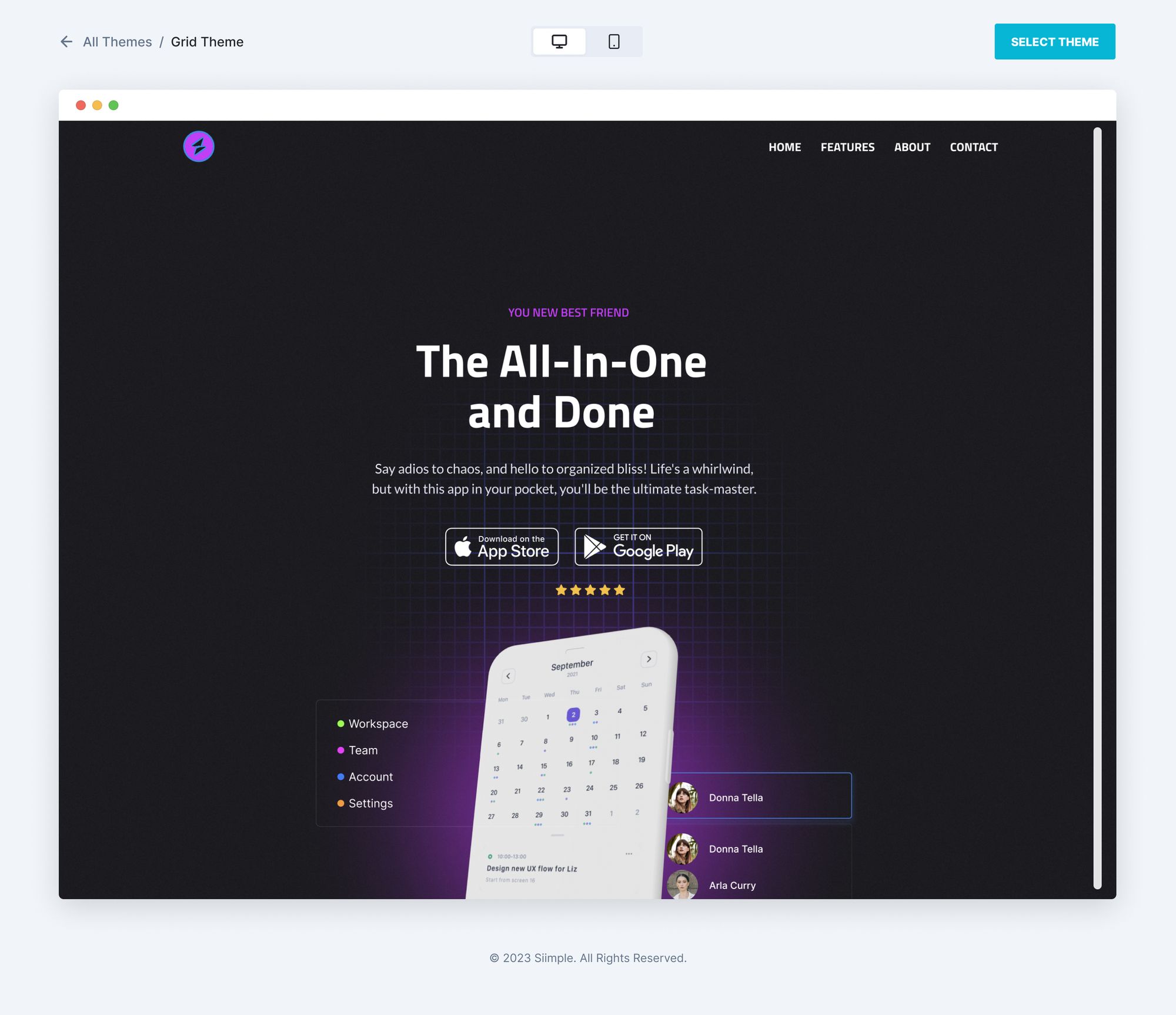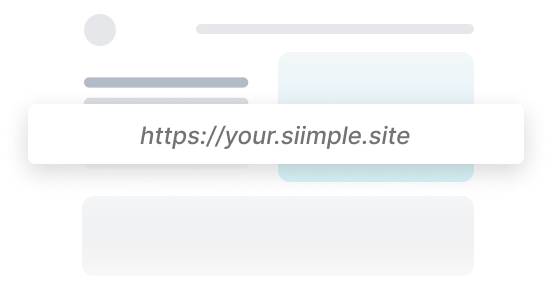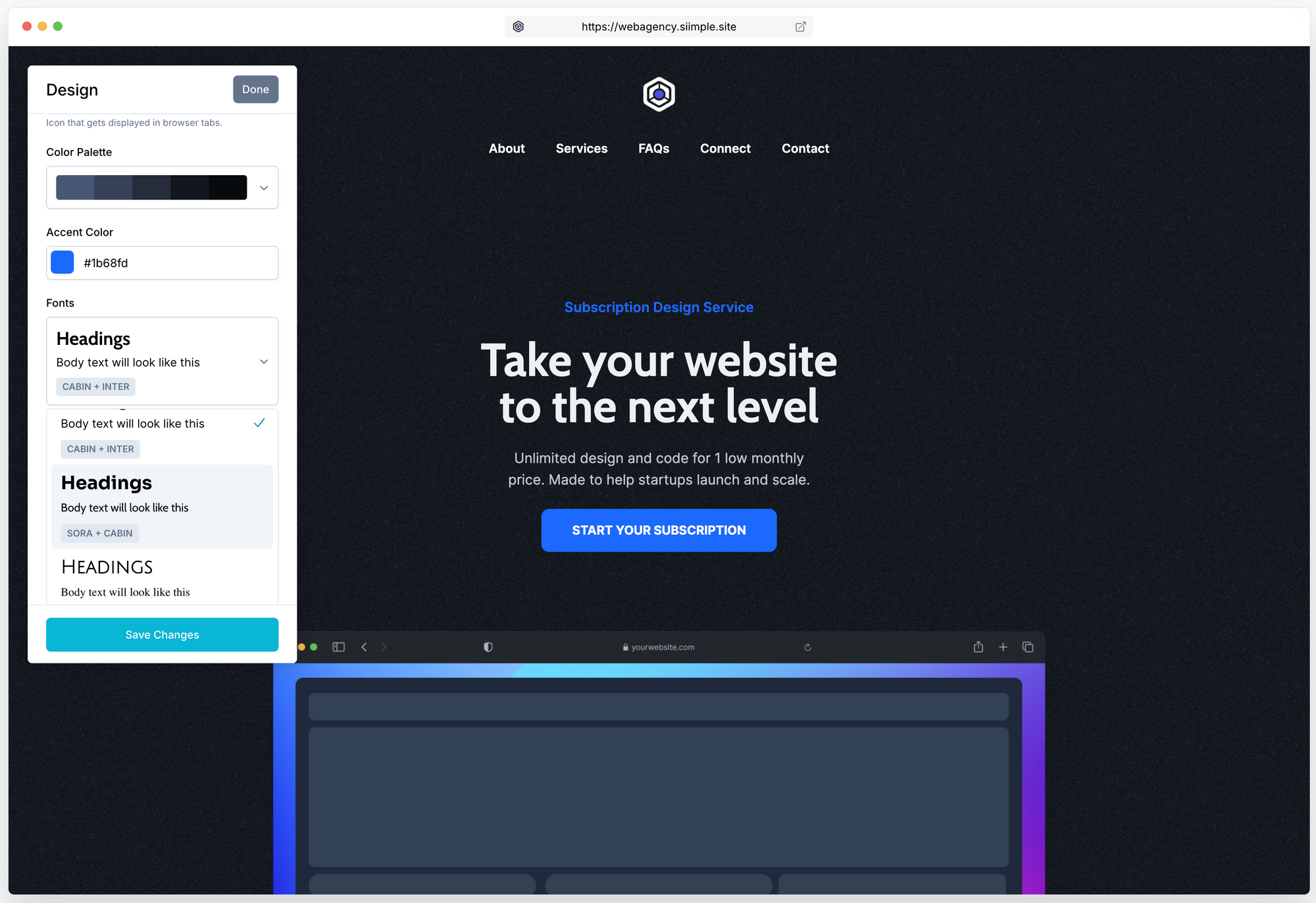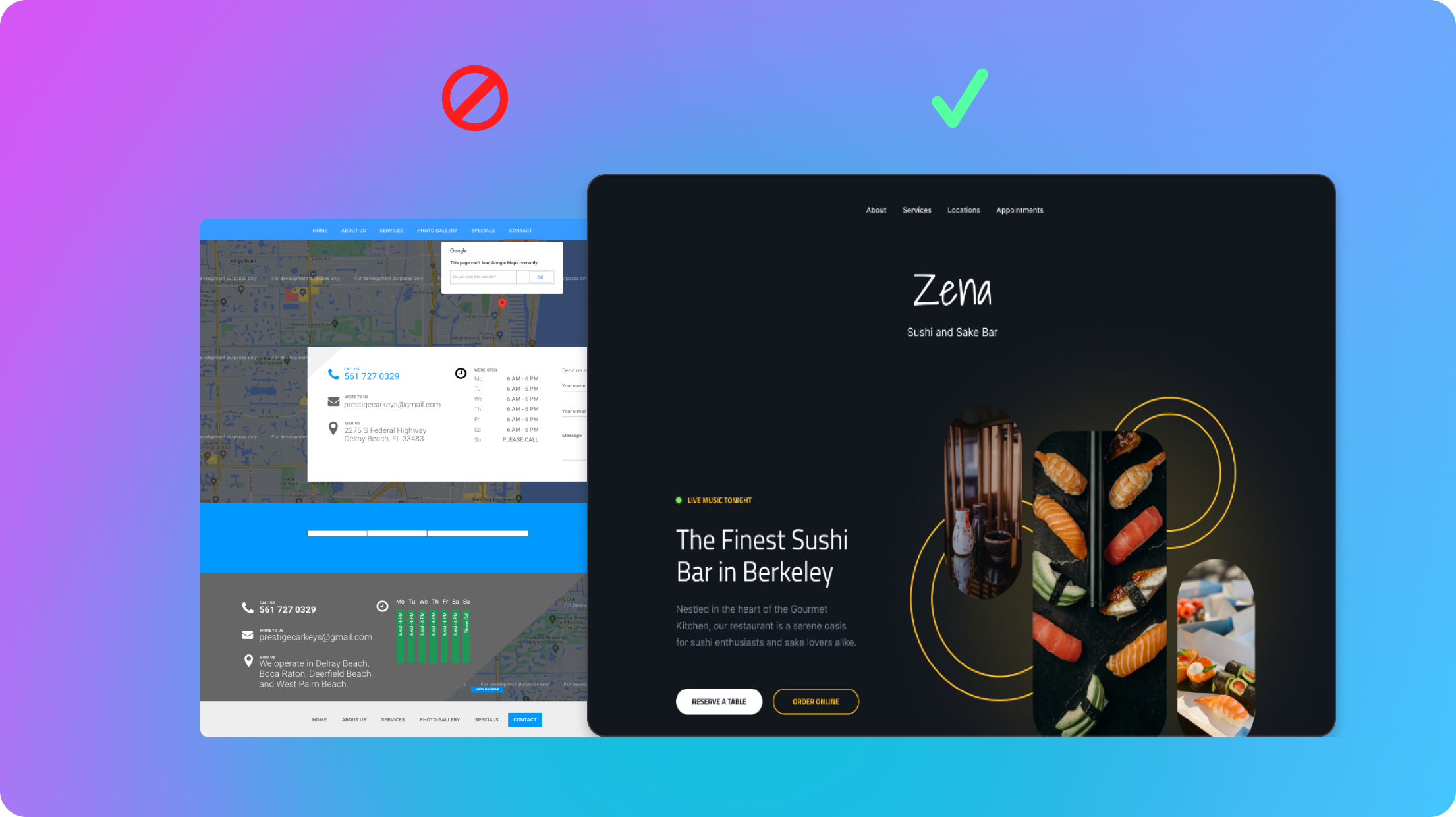After months of tireless coding, designing, and testing, you've finally completed your mobile app. Congratulations on this huge milestone! And now, another journey begins...Marketing and promotion. The mobile app market is fiercely competitive, and simply having a great app is not enough to guarantee success. How you showcase that app and get it out to people are equally vital and having a dedicated website or landing page to display your mobile app is the cornerstone of any marketing good strategy.
Why Do You Need a Landing Page for Your Mobile App?
A well-designed landing page isn't just a nice to have, it can be the difference between viral success and endless downloads or crickets. When done right, it can make your app discoverable, convey its value, and drive user interest.
1. First Impressions Matter
Your mobile app's landing page is often the first point of contact for potential users. This page serves as the face of your app, and as the saying goes, "You never get a second chance to make a good first impression." A well-designed landing page can captivate your audience and create anticipation for your app.
Here are some examples of amazing, trending mobile app landing page designs

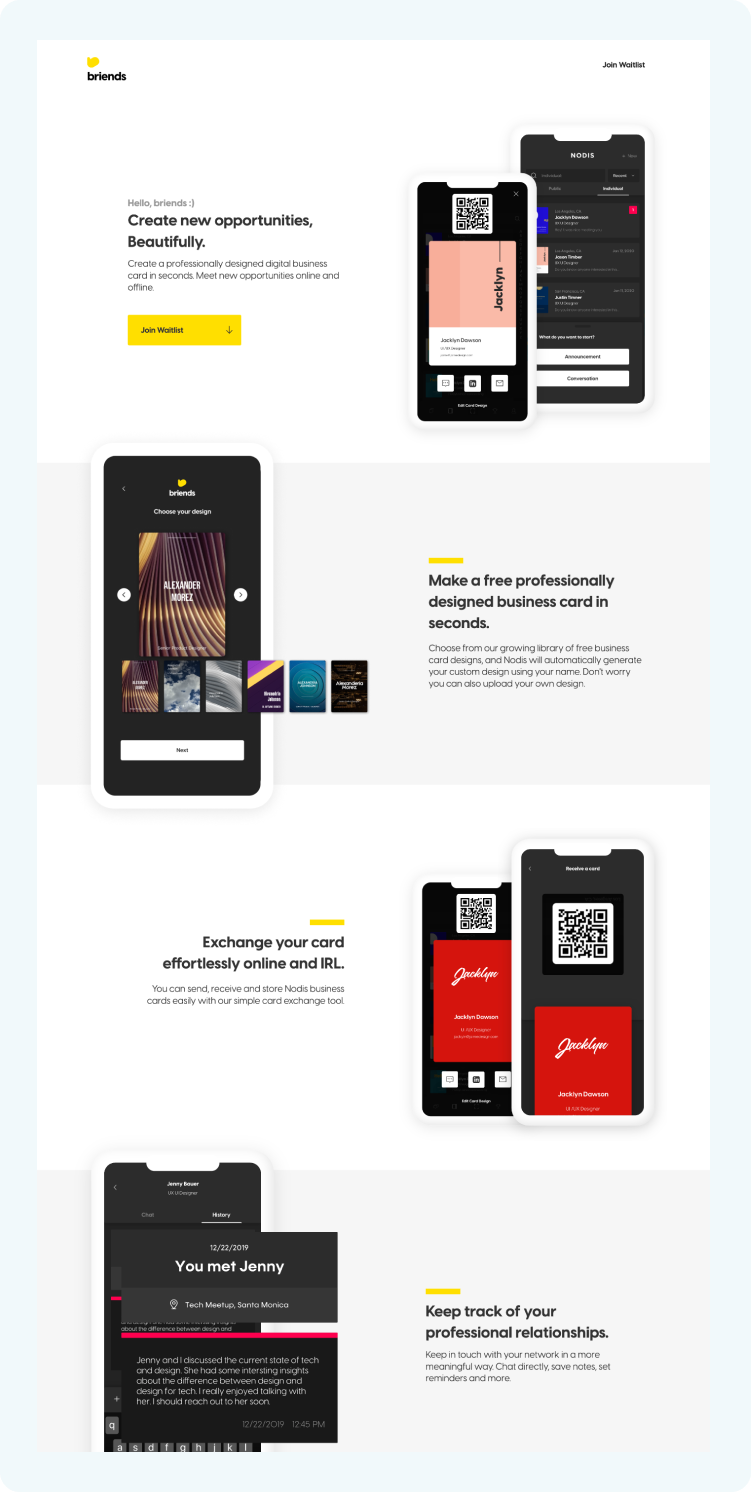
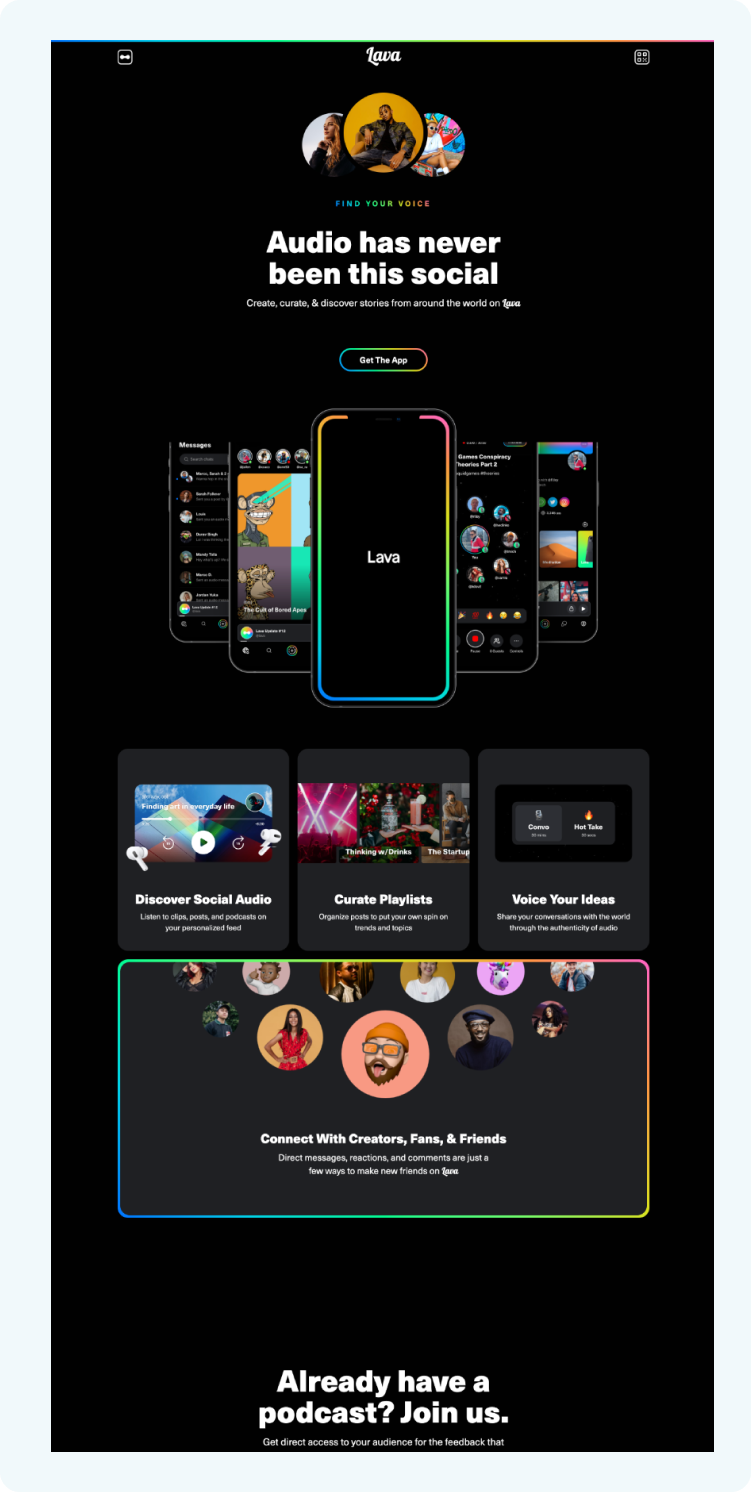
2. The Apple Store Requirements
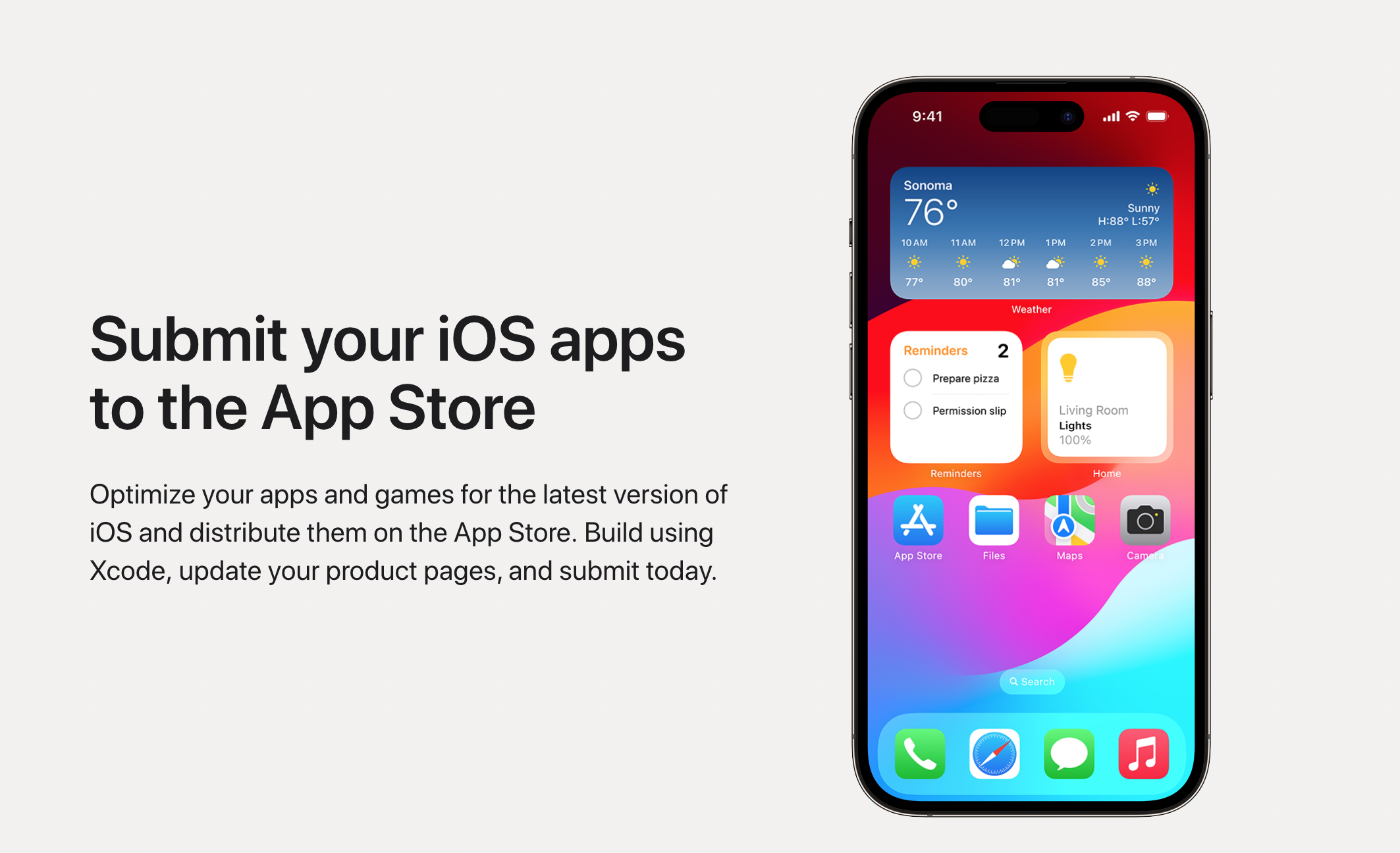
If you are planning to launch your app to the App Store or Google Play store, you'll be asked to provide you website that shows your terms of service. According to Apple's submission requirements the guidelines under "Prepare for app submission" states that you need an Application URL and Support URL. Having a website with a page that defines your terms of service, privacy and support access is crucial before you'll be able to submit. You can easily create modals like this one on Siimple already filled in with some of this default information.
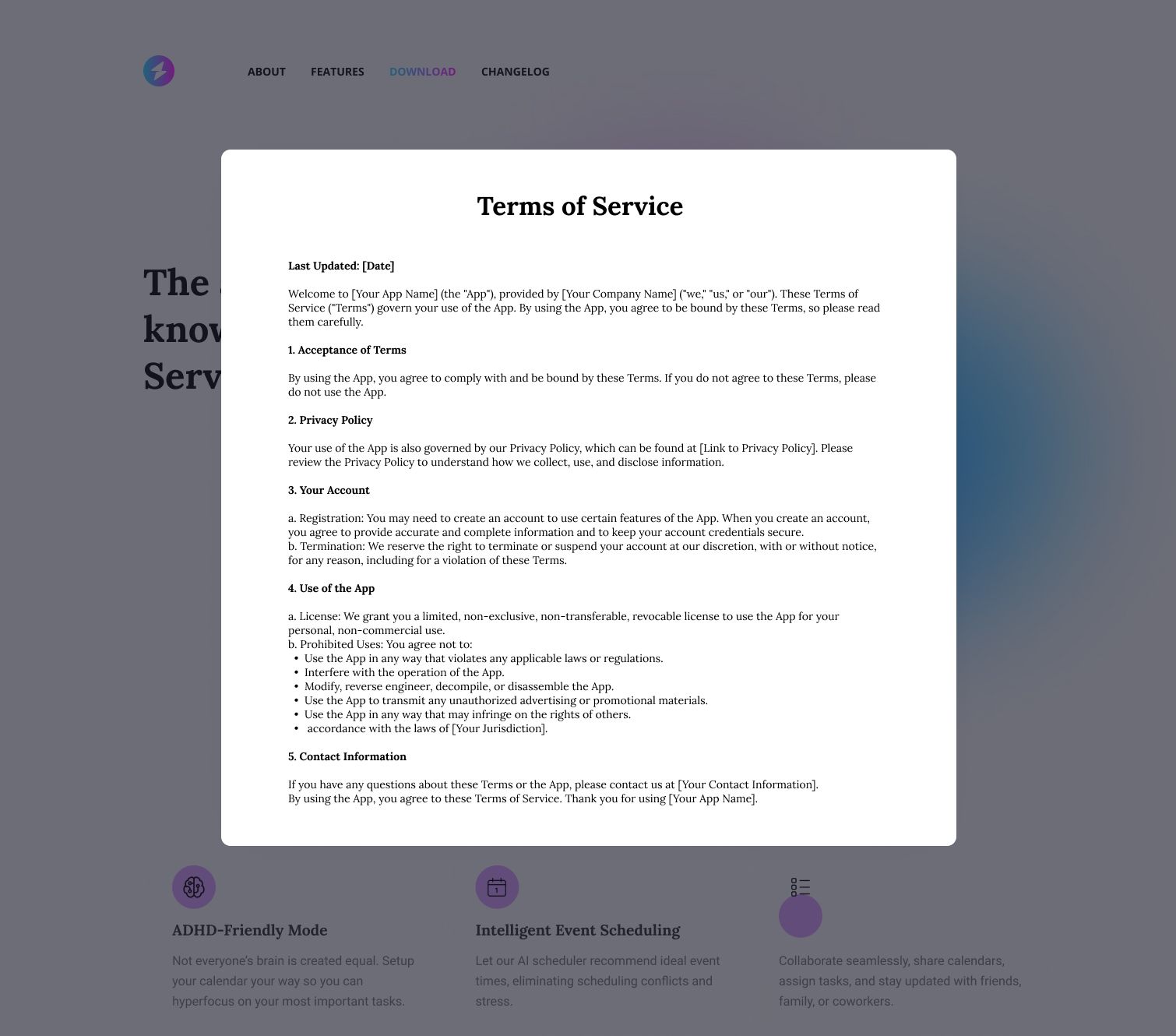
2. Centralized Information Hub
A landing page acts as a centralized hub where users can access all relevant information about your app. This should include things like features, screenshots, reviews, pricing, and frequently asked questions. It's a one-stop shop for anyone interested in learning more about your app, making it easier for them to make an informed decision.

3. SEO and Discoverability
Search Engine Optimization (SEO) is a critical factor in driving organic traffic to your app. A well-optimized landing page can help your app rank higher in search engine results, making it more discoverable to potential users. Utilizing the right keywords, meta descriptions, and relevant content can significantly impact your app's visibility.
4. Speed Matters
Did you know that Google prioritizes websites with faster page load speeds? Not to mention that you only have 3 seconds to retain your visitor's attention before they move on. A site that is formatted, designed and coded correctly are all factors that affect page speed. That's why it's important that if you are looking to use a template, theme or site builder you should ensure that load times are above 90%. That's a rare find for most of today's website builders, but Siimple has prioritized this to make sure you reach more people through organic search.
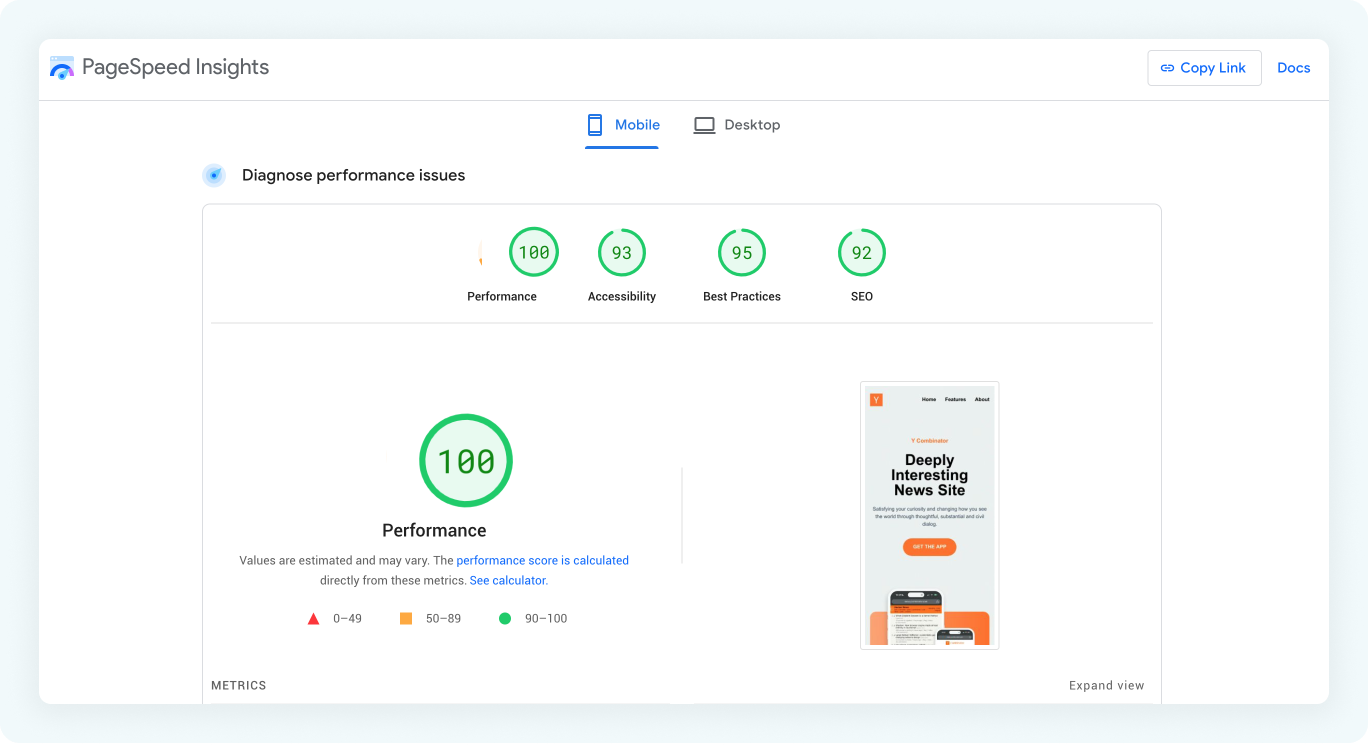
4. Building Anticipation
A gorgeously designed landing page can generate buzz and excitement for your app even before it's even officially launched. Teasers, countdowns, and sneak peeks can all be used to build anticipation and attract early adopters. Siimple makes it easy to create promotions like these with add-ons.

Elements of a high-converting mobile app landing page
If you want your website to do more for you than just look pretty, then there are a few must have elements and sections that will ensure your site turns clicks into conversions.
1. Clear and Compelling Headline
Your landing page's headline should be concise and compelling. It should instantly communicate what your app does and why it's valuable. Use persuasive language to captivate your audience.
2. Striking Visuals
Things like high-quality screenshots of your mobile app, device mockups as well as videos are essential for your landing page. Visual content provides a quick and engaging way to showcase your app's user interface and features. Consider using animated GIFs or short video demos to illustrate the app's functionality.
3. Concise App Description
Provide a brief and clear description of your app's main features and benefits. Address the problem your app solves and how it makes users' lives easier. Use bullet points or short paragraphs for easy scanning.
4. Call to Action (CTA)
Your landing page should include a prominent and persuasive call to action (CTA). and more importantly if you're distributing it through an app store you will need to use the official badges that they provide rather than making your own buttons in order to stay in line with their requirements. A strong CTA that clearly encourages visitors to take a specific action, such as downloading the app, signing up for updates, or getting a demo. Use action-oriented language and eye-catching colors to make your CTA stand out.
5. User Testimonials and Reviews
Nothing is worth more than social proof. Incorporating user testimonials and reviews to build trust and showing real feedback from satisfied users can significantly influence potential customers' decisions. Highlight positive comments and ratings to bolster your app's credibility.
6. Pricing and Plans
If your app is not free, clearly outline your pricing structure. Be transparent about the costs and the value users will receive in return. Offering multiple pricing plans with clear differentiators can appeal to a broader audience.
7. Contact Information and Support
Include contact information and support options for users who may have questions or encounter issues. Accessibility to customer support can reassure potential customers and provide a sense of security. It's also a requirement to have a public URL to this information before you can submit it to most app stores.
8. Frequently Asked Questions (FAQ)
Create a section with frequently asked questions to address common queries users may have. This can save time for both potential customers and your support team.
9. App Store Badges
Incorporate official app store badges, such as the Apple App Store or Google Play Store icons, to let visitors know where they can download your app. These badges serve as trust signals.
10. Social Media Links
Display social media icons that link to your app's profiles and encourage visitors to follow you for updates. High follower counts and engagement can enhance your app's reputation.
11. Email Subscription
Offer visitors the option to subscribe to email updates. Building an email list can help you maintain a connection with your audience and promote updates and new releases.
Create a website the Siimple way
Our Siimple website builder is launching soon! Signup for free access! Siimple is an amazing alternative to WordPress, Wix, Squarespace and other complicated and overpriced website builders. You'll be amazed at how easily and affordably you can make a website just like this for your mobile app with just a few clicks. Hosting, domain name and theme-sharing included!
